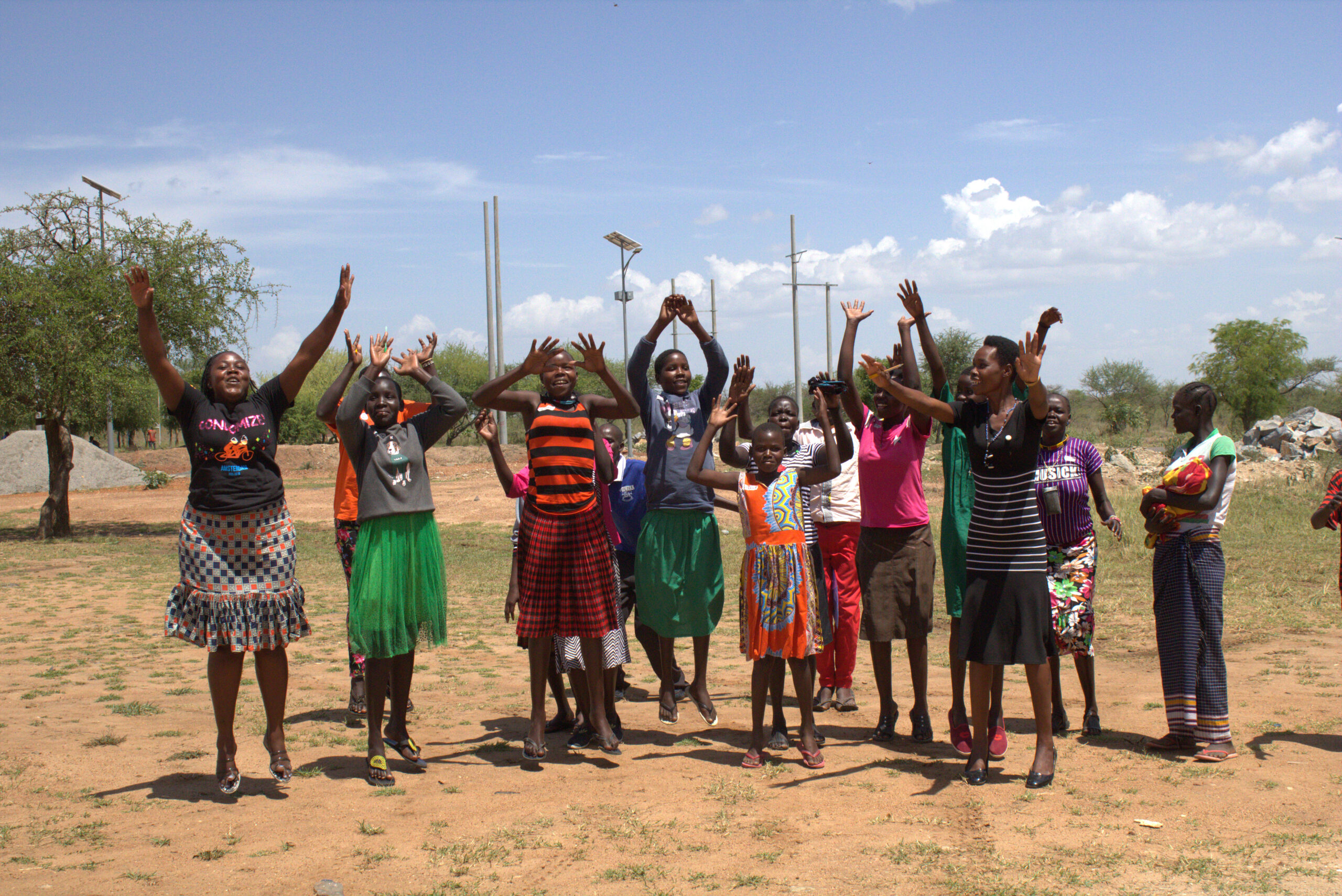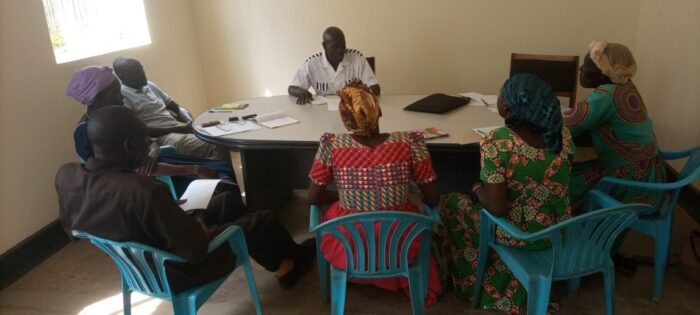
PEER TO PEER MODEL
NAFOIPHANU worked through PLHIV networks to disseminate HIV treatment literacy information among PLHIV especially those with unsuppressed viral load. Expert Clients, YAPS, Linkage Facilitators, Mentor mothers attached to selected facilities and communities supported their peers. ART days, home visits, CDDP, community dialogues and outreaches were used to pass on treatment literacy messages by PLHIV CORPs. NAFOPHANU also worked with leaders of national networks of youth, women and PWDs living with HIV to link us with their structures in the targeted districts to ensure that they are part of the treatment literacy trainings and able to cascade the information to their peers.
ACHIEVEMENTS:
- 7,557 individuals (3,261males and 4,314 females) were reached
- 2,153 individuals (1,040 males and 1,113 females) were provided with counseling sessions
- 271 people (129 Males and 142 Females successful referral’s made
- 1,183 individuals followed up (606 males and 577 females)
- 806 PLHIV were returned to care.




